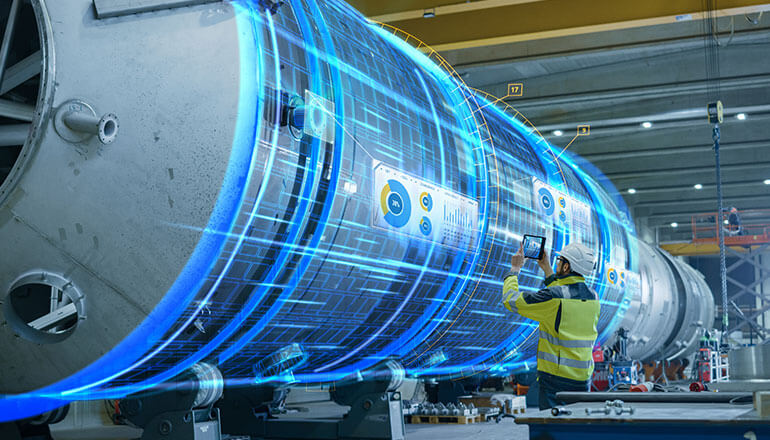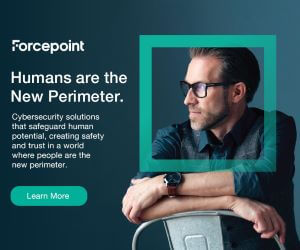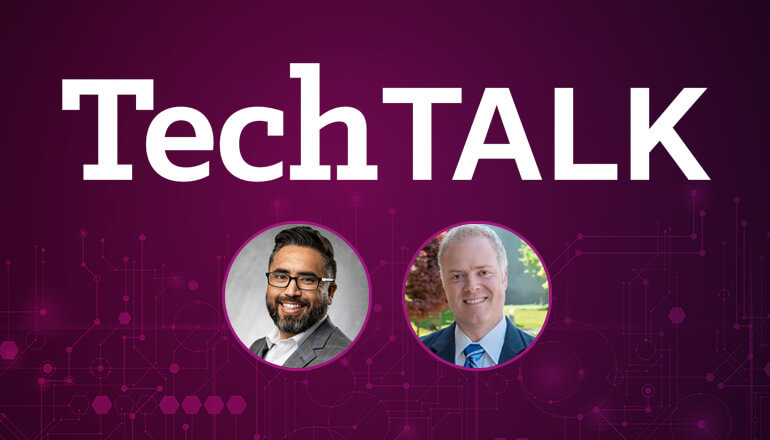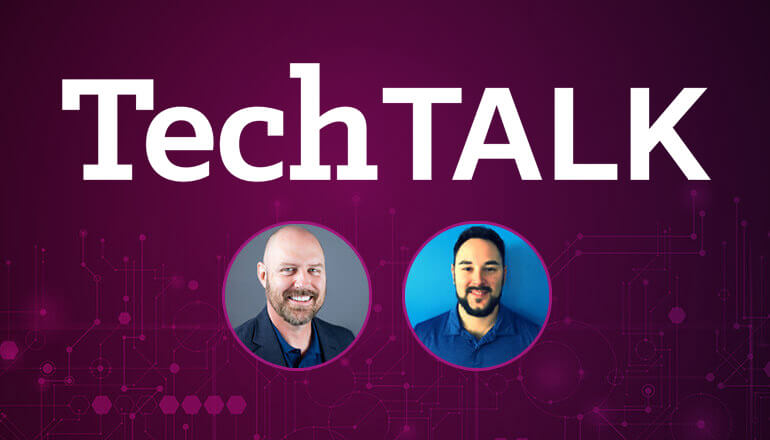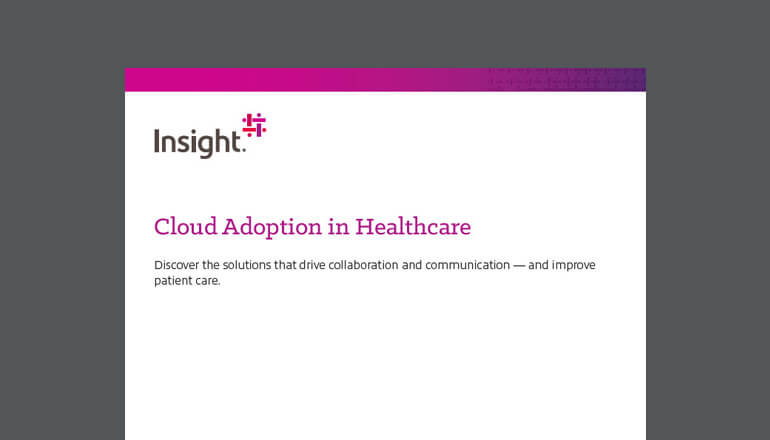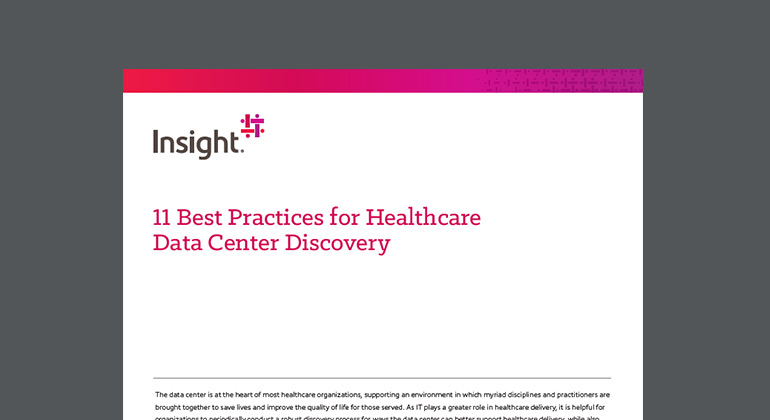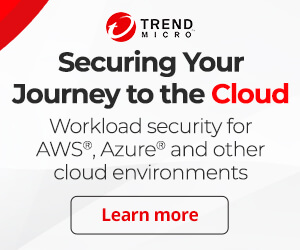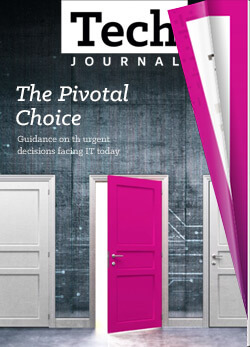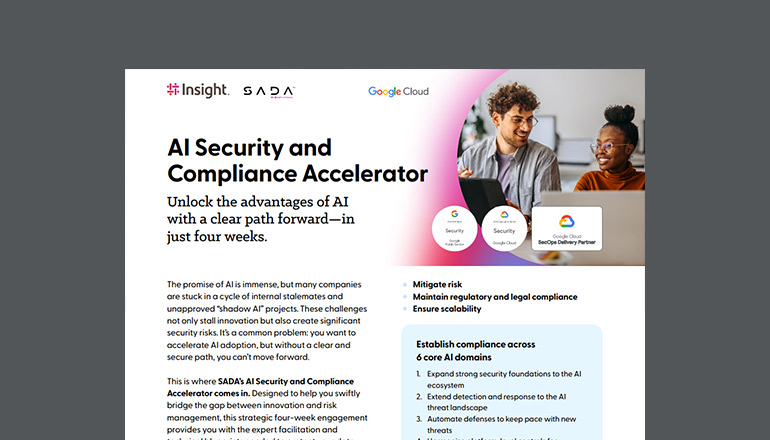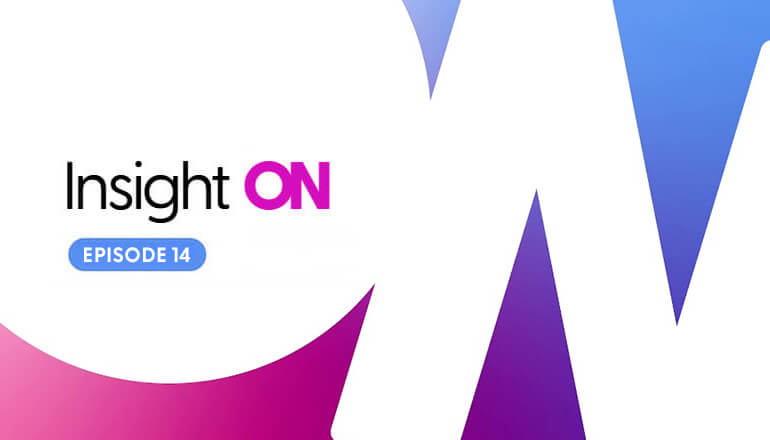Tech Journal Modernizing Infrastructure to Bridge the Digital Divide
By Jeremy Nelson / 16 Mar 2021 / Topics: Modern infrastructure Featured Networking Cybersecurity

Today’s workplaces and educational institutions depend on technology to provide economic and learning opportunities. Yet, many communities and homes lack reliable internet access, creating a digital divide that prevents individuals and businesses from adapting to economic and social change.
The early months of the COVID-19 pandemic brought the widespread impact of the digital divide on business and economic opportunity into sharp focus. As organizations and school systems rushed to set up remote work and distance learning, communities and households without Wi-Fi and internet access were in danger of being left behind.
For example, even prior to the pandemic, the City of Tucson knew that it wanted to improve secure connectivity and deploy next-generation technology. However, after $3.5 million in funding from the CARES Act was given to the city, the conversation quickly shifted to making broadband access available to residents as a means of bridging the digital divide.
As Collin Boyce, CIO and CTO of the City of Tucson, explains, “The idea was, how can we do something to benefit the citizens and ultimately benefit the city as well where it can fit into a broader communication strategy?”
Secure connectivity to ensure education and economic opportunity
Like any major IT undertaking, modernizing infrastructure to close the digital divide is a complex task requiring a sound strategy for success. For a city looking to extend the availability of public broadband access in a large number of underserved communities, the challenges were especially steep.
Modernizing hyperscale infrastructure represents a critical component of this venture — and an area of deep experience for Insight Cloud + Data Center Transformation. In fact, we often partner with businesses and municipalities to modernize infrastructure, improve access, and establish secure connectivity for employees and citizens alike.
To create a successful roadmap, our team leveraged in-house skills and strategic partnerships to develop and test a full-scale design, installation and services package for a turnkey broadband network that can scale to nearly any scope or user count.
Our detailed approach includes planning, design, electrical remediation services, tower construction, and installation phases to accelerate agreement and project execution.
Since the City of Tucson put out a request for proposals that required responses to include all solutions rolled into a single contract with final pricing and single-point accountability, we drew on our long-standing relationship with Connected Workforce, Insight’s division focused on helping organizations create a cloud-first, mobile-first, next-generation workplace. We also worked with Tilson Technology, JMA Wireless, Sierra Wireless and Geoverse to win the bid for this large-scale, time-sensitive project against several leading competitors.
Furthermore, with extensive due diligence completed and a clear roadmap for execution, we installed 50% of the proposed cell sites within the first 30–45 days of the project.
The result? Reliable internet access for thousands of city residents and a much narrower digital divide.
Creating smart cities
Secure connectivity for citizens is only one facet of closing the digital divide, however. As Boyce explained, the issue is more like “a three-legged stool” with connectivity, training and devices each representing a component. “Finding solutions to all these issues requires partnership,” said Boyce.
Now that Tucson residents can connect to each other and to economic and educational resources via public broadband services, the city’s role in addressing the digital divide has evolved. “While we may not be able to drive all of the solutions, we want to be part of that conversation and to help in partnership with the players that we have today,” explained Boyce.
“Like any major IT undertaking, modernizing infrastructure to close the digital divide is a complex task requiring a sound strategy for success.”
Today, the City of Tucson is looking ahead to deploying new technology including the Internet of Things (IoT) to create a smart city that better provides residents with a higher quality of life — and businesses with a hospitable and sustainable environment.
Creating access to public broadband is only the first step in creating a smart city that eliminates the technological gaps between residents and makes the community attractive to new business and development opportunities. The same technologies that create the foundation for a smart city initiative can also be used to address complex enterprise challenges faced by construction, mining, logistics, healthcare and many other industries.
Improve connectivity for all. Insight Cloud + Data Center Transformation can help your organization or community bridge the digital divide.
About the author:
Related articles
Narrow your topic:
Networking Tech Journal Cloud + Data Center Transformation View all focus areas



